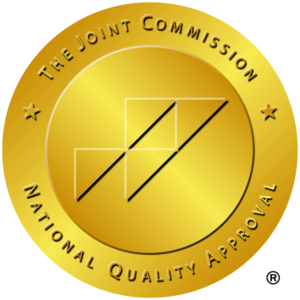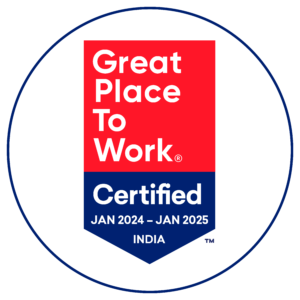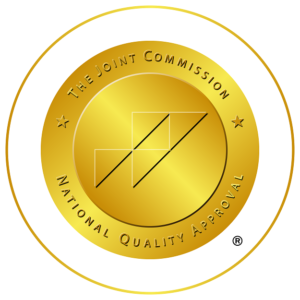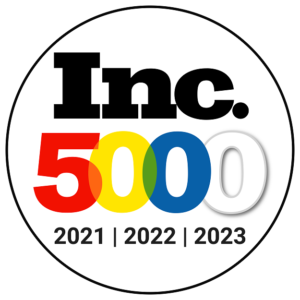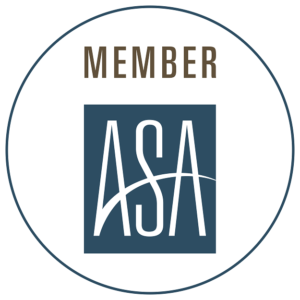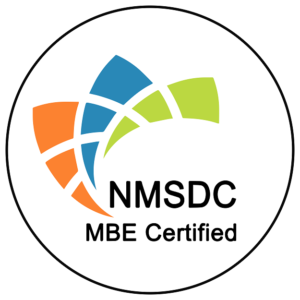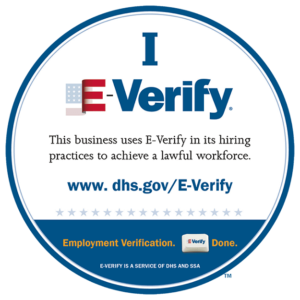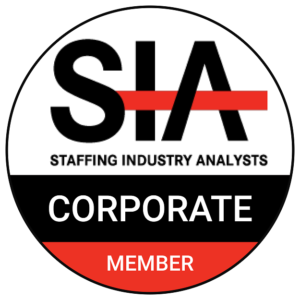Checklist For Candidate Assessments
You need to do your due diligence to recruit the best candidate for that role. Plus, you need a robust and comprehensive candidate assessment process that helps you to screen inbound candidates easily, reasonably, and effectively. One of the easiest ways to ensure an efficient screening process for candidates is to build a template or checklist you will adopt for all job requirements.
This article will share a checklist of the sample candidates you can use to create your own process. But first, let’s take a step back to look at what appraisals of candidates are, and why they matter.
Candidate assessment
Candidate evaluation is a method or system employed by recruiters to decide whether an applicant is appropriate for a given position. The applicant evaluation process is built according to the organization’s criteria and generally looks at cultural compatibility, abilities, behavioral and personality characteristics, education, and experience.
Depending on the work requirements, seniority, and sophistication of the position in question, different candidate evaluation techniques can differ.
Checklist
As stated earlier, procedures for assessing candidates are usually split into phases. To explain this, this checklist has been segmented into parts that represent every step of the hiring process.
Job posting & applications
Once you recognize a recruiting need for your company, applicant selection starts. This is the planning stage where you clearly identify what you are doing in an applicant and you do not want to. You create your recruitment ads from there, post them on your target job boards, and collect applications via your website.
Screening
The bulk of the selection process is conducted after the applicants have applied. This process is a mixture of manual and automated screening that leverages the recruiting experience and tech stack to include promising applicants in shortlists.
The screening process for candidates may vary depending on the resources and technology available. It can also be clearly related to the responsibilities of the job description, seniority, and complexity. For example, junior applicants should require a higher degree of screening than candidates for the C-suite, and creative types will be evaluated differently from engineers.
Candidate testing
The testing phase of the candidate will also vary depending on the particular role that you are working to fill. Working with your hiring managers and teams is important to determine what kinds of assessments are important for the role in question.
Background checks
When you have put your applicants through the first three screening stages, you’ll probably get a decent idea of which applicant you ‘d like to recruit. When there is a strong frontrunner, then the next move is to ensure that it is true what they have told you about their history and experience.
The background checks you use can vary based on corporate policies, laws, security protocols, or any other criteria you need to meet before you can make a formal job offer.

